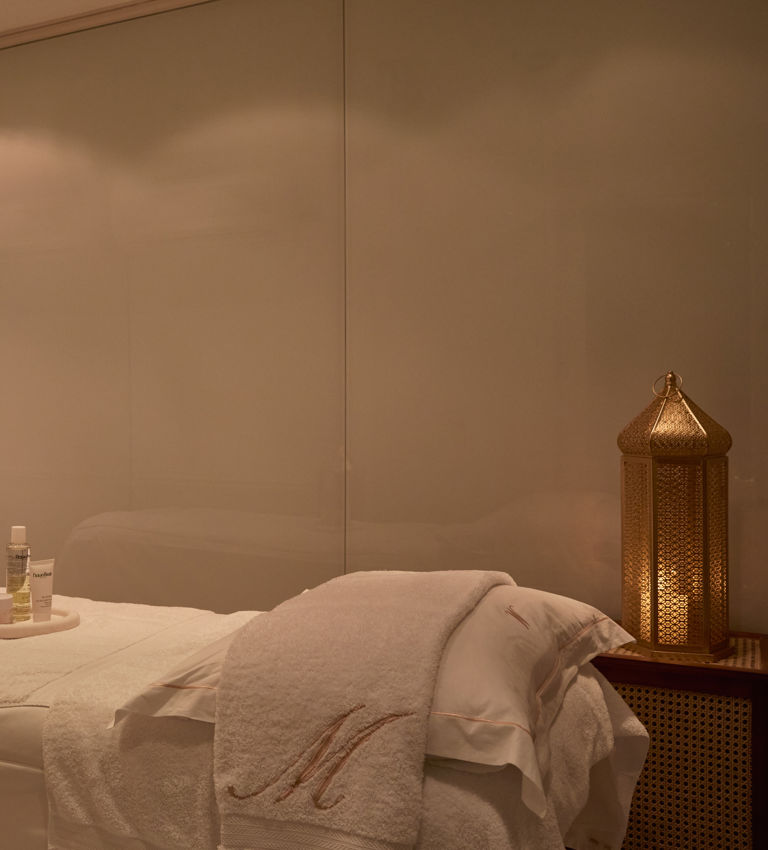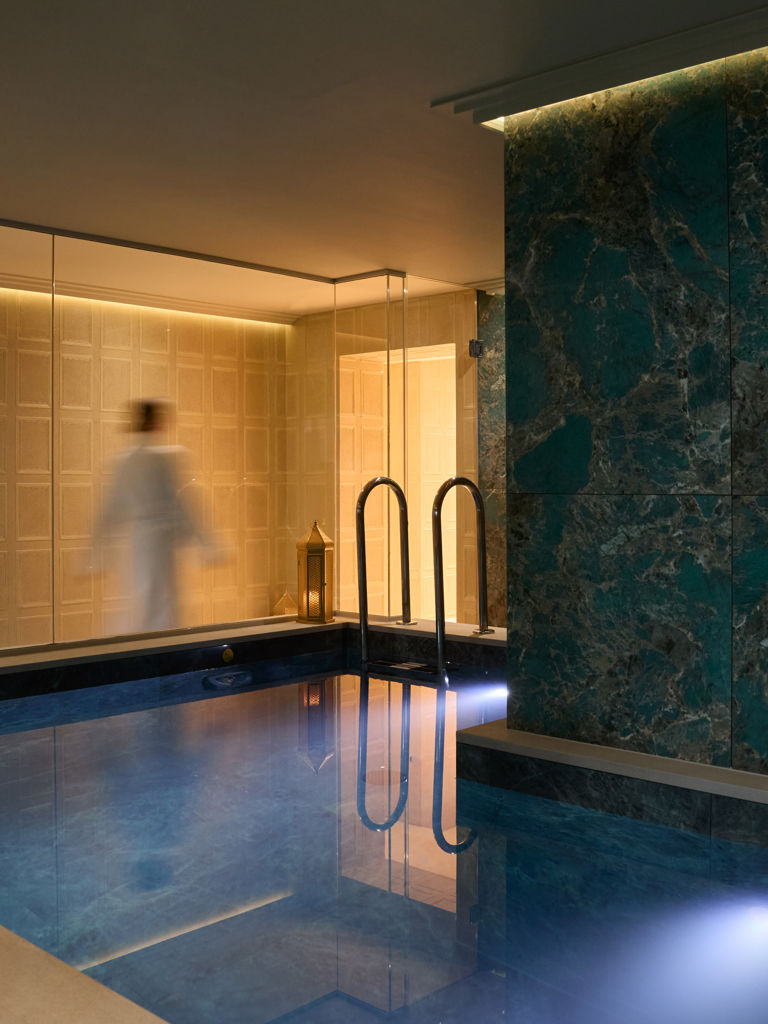
Meet Jana Watson
We're so grateful to have the wonderful Jana Watson, an immensely experienced Spa Therapist, improving the lives of our guests.

We're so grateful to have the wonderful Jana Watson, an immensely experienced Spa Therapist, improving the lives of our guests.
From our impeccably appointed rooms and suites to our delicious dining options and personalised service, we take pride in offering a bespoke experience tailored to the unique preferences of each guest.
Discover more